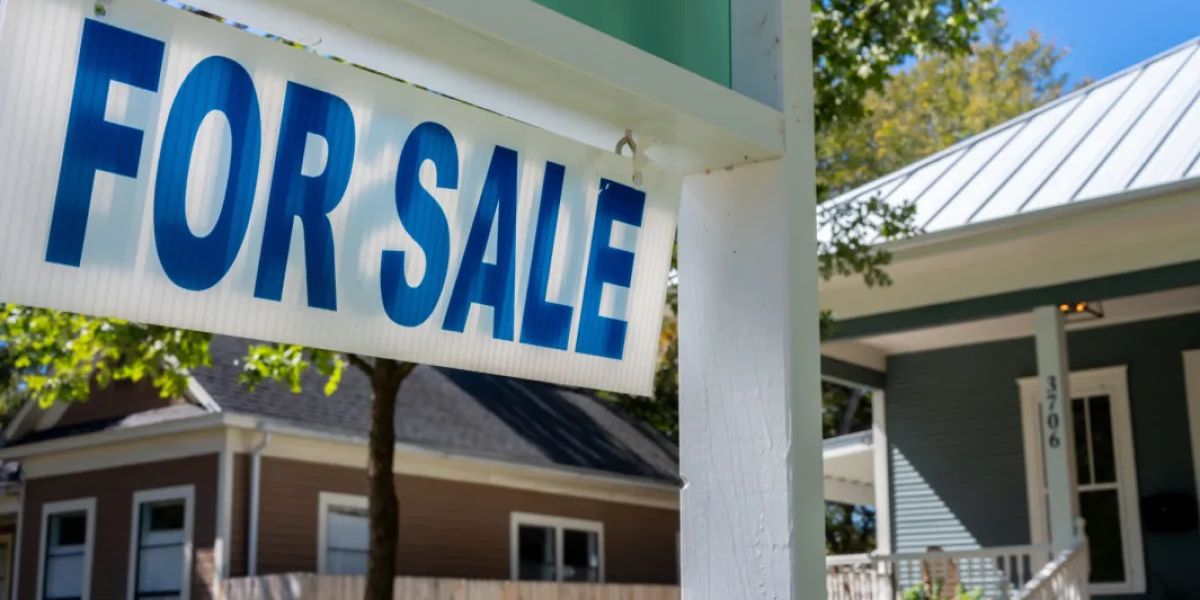In Connecticut, nearly 1 in 4 homeowners could be subject to a costly surprise when they sell their home: a hidden home equity tax that eats into decades of accumulated value. As home prices have appreciated across the state, a federal tax rule that hasn’t changed since 1997 is beginning to catch more sellers off guard.
According to the National Association of REALTORS®, 23.9% of Connecticut homeowners have built up enough equity to exceed the $250,000 capital gains exclusion for individuals.
Another 6.8% are over the $500,000 limit for couples filing jointly. That exposure is rising quickly—especially in high-demand communities like Stamford, West Hartford, and the Connecticut shoreline.
Tax policy that no longer reflects today’s market
The capital gains exclusion was originally designed to protect middle-class homeowners from being taxed on profits from selling their primary residence. But the current limits—$250,000 for individuals, $500,000 for couples—haven’t budged since they were enacted in 1997.
Over the same period, national home prices have increased by more than 260%. If those exclusion caps had been adjusted for inflation, they would now be $660,000 and $1.32 million. That mismatch means more Connecticut sellers are being taxed on gains that were never intended to be penalized.
Connecticut further compounds the issue by taxing capital gains as ordinary income at rates up to 6.99%. Combined with federal capital gains taxes, homeowners selling properties with significant appreciation could face a total bill in the five- or even six-figure range.
A growing risk in a traditionally stable market
While Connecticut’s housing market may not have spiked as dramatically as those on the West Coast, it has experienced steady appreciation over the past two decades. The result: more homeowners, especially those in long-held properties, are brushing up against—or far exceeding—the federal tax limits.
Many don’t realize it until it’s too late. Capital gains taxes on home sales often take sellers by surprise, particularly those who’ve stayed in one home for 20, 30, or even 40 years.
That’s leading to a growing number of owners opting to delay selling entirely. Economists call it a “stay-put penalty,” and it’s becoming a serious drag on Connecticut’s housing inventory.
By 2035, the problem will intensify
Projections from the NAR show that by 2035, more than 47% of homeowners in Connecticut will likely exceed the $250,000 exemption. Nearly 17% are expected to cross the $500,000 threshold.
This looming increase in tax exposure is particularly significant for an aging homeowner population. As more retirees look to downsize or move closer to family, the potential tax bill is forcing many to stay put—fueling tighter inventory and higher prices statewide.
It’s a trend being felt across the Northeast and one reason why the housing market is showing signs of stalling, even in traditionally stable states like Connecticut.
Lawmakers aim to modernize the rule
To address the issue, real estate advocates are backing the More Homes on the Market Act—a bipartisan bill that would double the exemption limits and link them to inflation going forward.
“Equity shouldn’t be a trap,” says Shannon McGahn, chief advocacy officer at the National Association of REALTORS® in their findings. “It should be a stepping stone for the next chapter”.
Until those caps change, Connecticut sellers should plan ahead. Speaking with a financial expert and learning how capital gains taxes apply to real estate could help reduce exposure—and ensure more of that hard-earned equity stays in the family.




